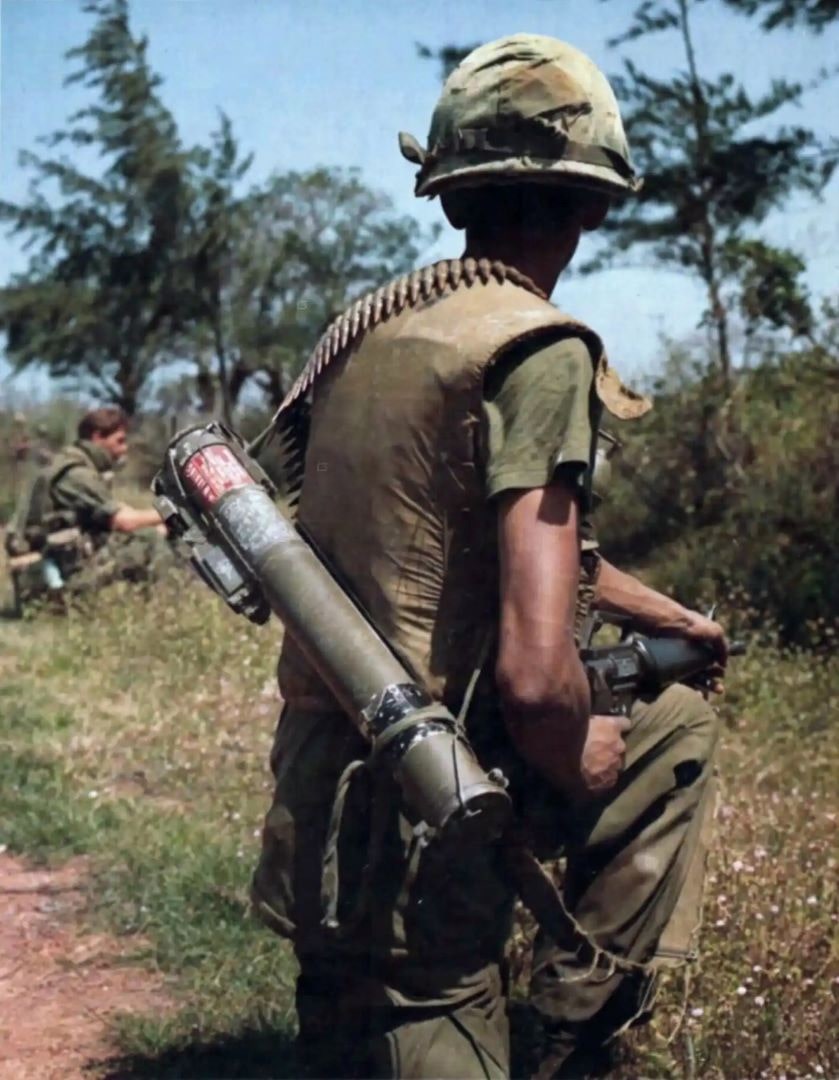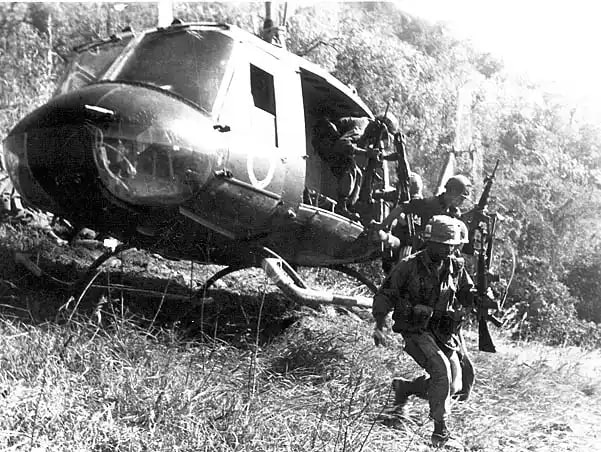CREATION OF AIRMOBILE DOCTRINE - END OF THE VIETNAM WAR 50TH ANNIVERSARY COMMEMORATION
One of the most iconic legacies of the Vietnam War was the U.S. Army’s adoption of new airmobile operation techniques, applying cutting-edge helicopter technology to the modern battlefield.
One of the most iconic legacies of the Vietnam War was the U.S. Army’s adoption of new airmobile operation techniques, applying cutting-edge helicopter technology to the modern battlefield.

The idea for airmobile warfare emerged from experimentation with helicopters during the Korean War. After the end of the conflict in Korea, doctrine was developed to combine the speed of motorized infantry units with the all-terrain mobility of helicopter technology.
#ArmyHistory
#ArmyHistory
The 11th ABD was reactivated in 1963 as the 11th Air Assault Division (Test), with the purpose of testing these new developments in airmobile doctrine. The first combat airmobile unit was the 1st CD (Airmobile), which arrived in Vietnam in September 1965. #USArmy #TRADOC 

The “First Team” arrived with nine airmobile INF BNs, six artillery BNs, and a complement of “Huey” gunships. Within two months, the First Team proved the battlefield efficacy of the airmobile concept at the Battle of Ia Drang, for close-air support to great success. #Armyhistory 

The airborne deployment of light infantry using helicopters, as well as the use of helicopter gunships to provide close-air support, became staples of Army doctrine in Vietnam, allowing commanders to circumvent the worst obstacles of Vietnam’s rugged jungle terrain. 

The airmobile tactics employed in Vietnam became one of the most enduring legacies of the conflict, capturing the public’s imagination through depictions in popular media.
Share your memories of airmobility in Vietnam in the comments!
#Airmobile #VietnamWar #VietnamVeterans
Share your memories of airmobility in Vietnam in the comments!
#Airmobile #VietnamWar #VietnamVeterans
• • •
Missing some Tweet in this thread? You can try to
force a refresh

 Read on Twitter
Read on Twitter


















